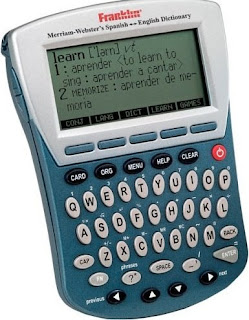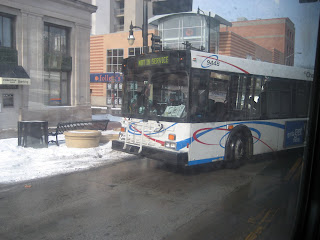Student Reflection: Satisfaction from the Little Things

by Sarah Moauro photo: Sarah Moauro and Mrs. Anh Ha Ho Over the past few weeks, my work at ECIRMAC has varied daily. Some days I come in and immediately begin translating documents while answering the phones that are ringing off the hook, while on others I sit around in an empty office, occasionally taking a quick call while doing some homework or reading up on ECIRMAC and its events. Usually my weekly two hours spent at the center are somewhere in the middle range between these two, working on a small scale project for an ECIRMAC employee or client. During these days are when I come across little experiences that make me think and, more so, smile. Last Wednesday was one of these middle ground days. I came into the office, took a few phone calls – it seemed like it was panning out to be a pretty slow day. Then, about half way through my hour, one of the staff members came in looking to work on a flyer she was planning on using in the upcoming Fundraiser Dinner. She came up to me, saw


























